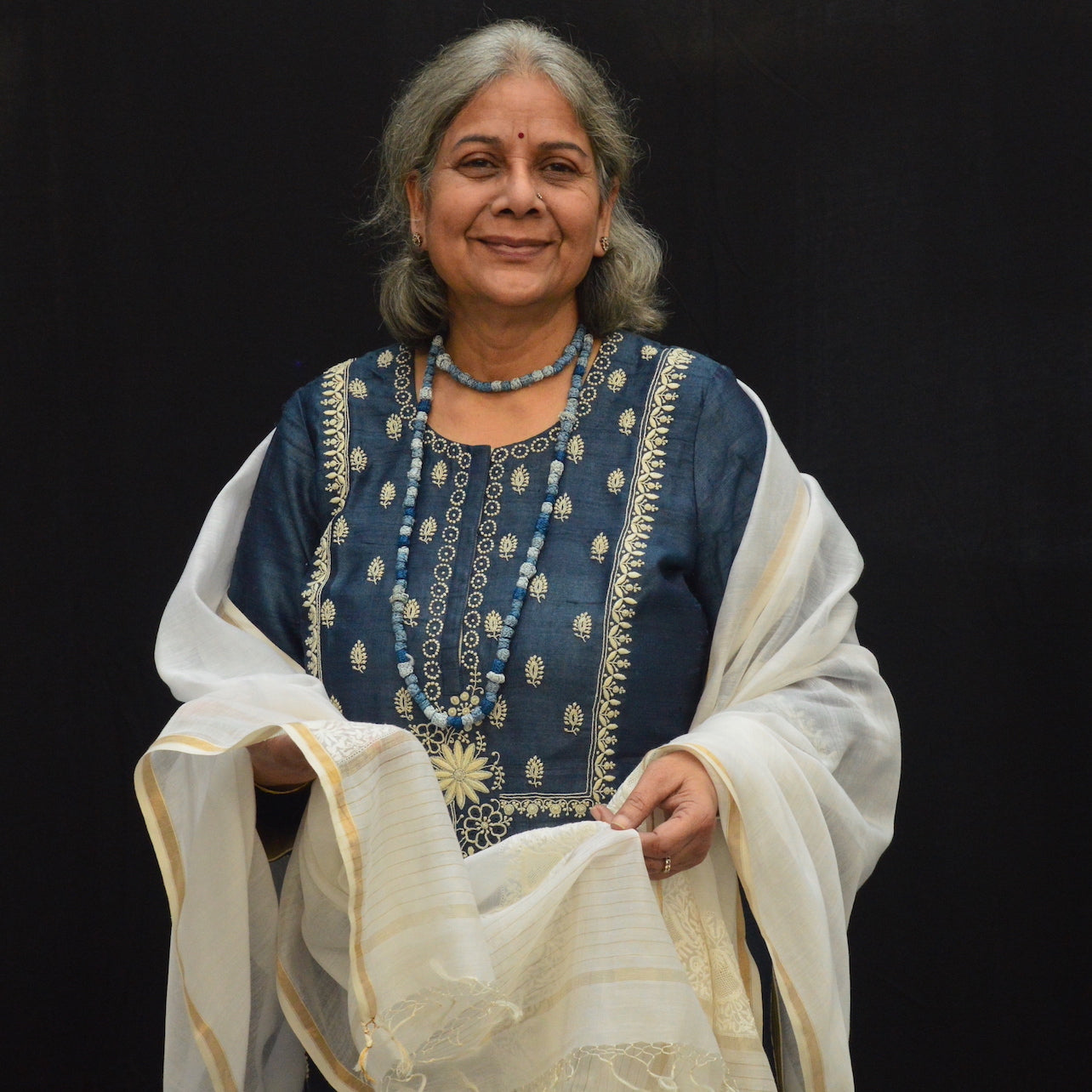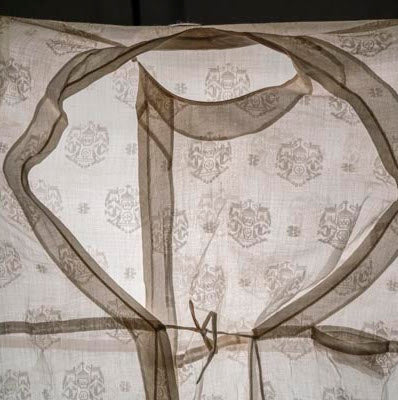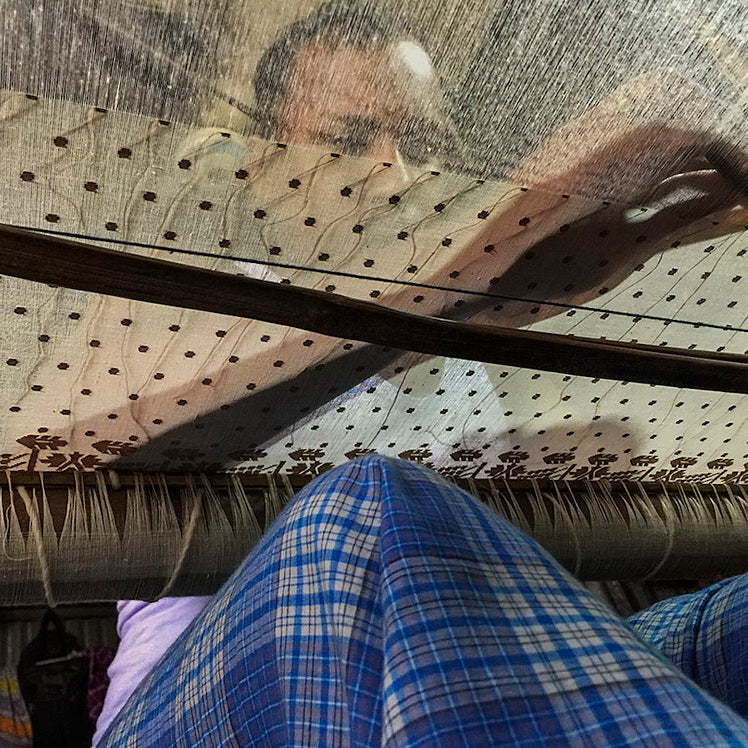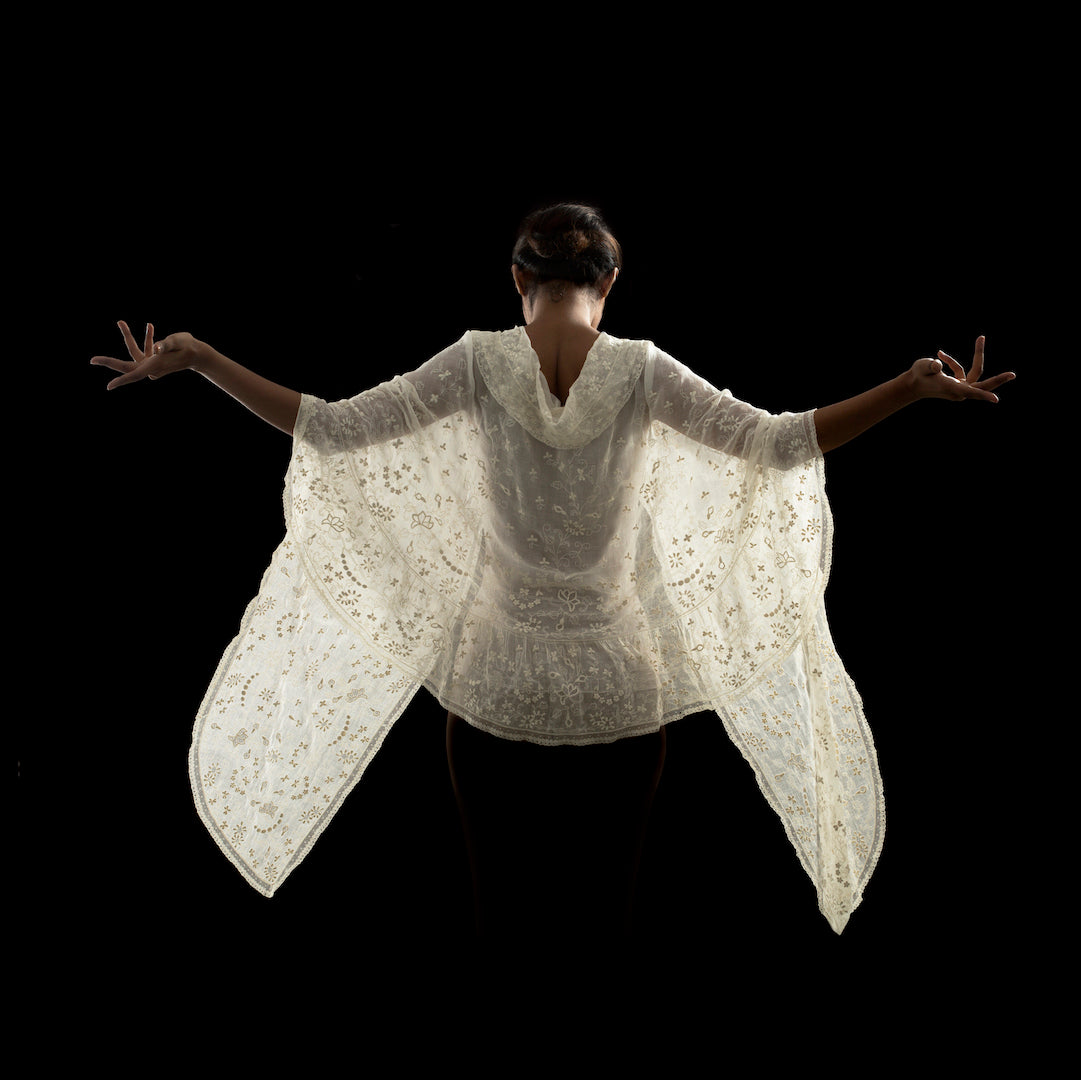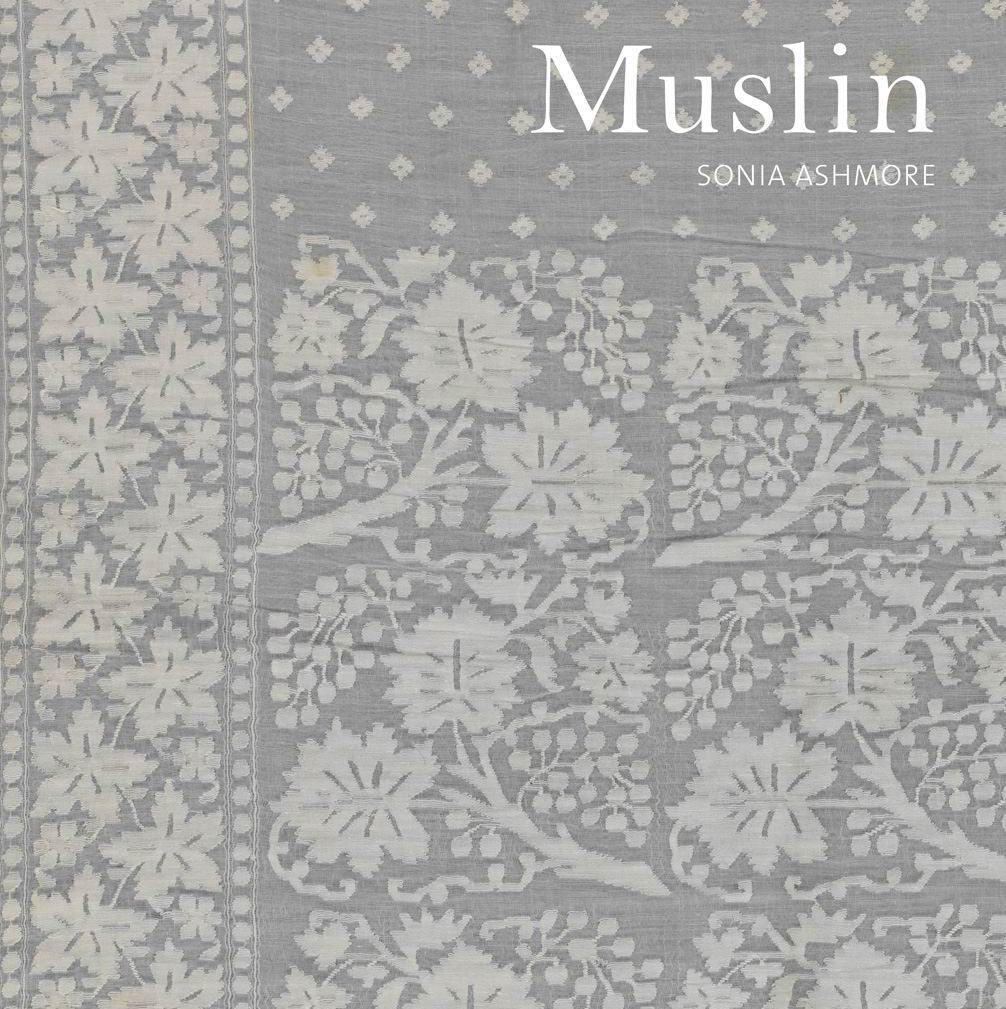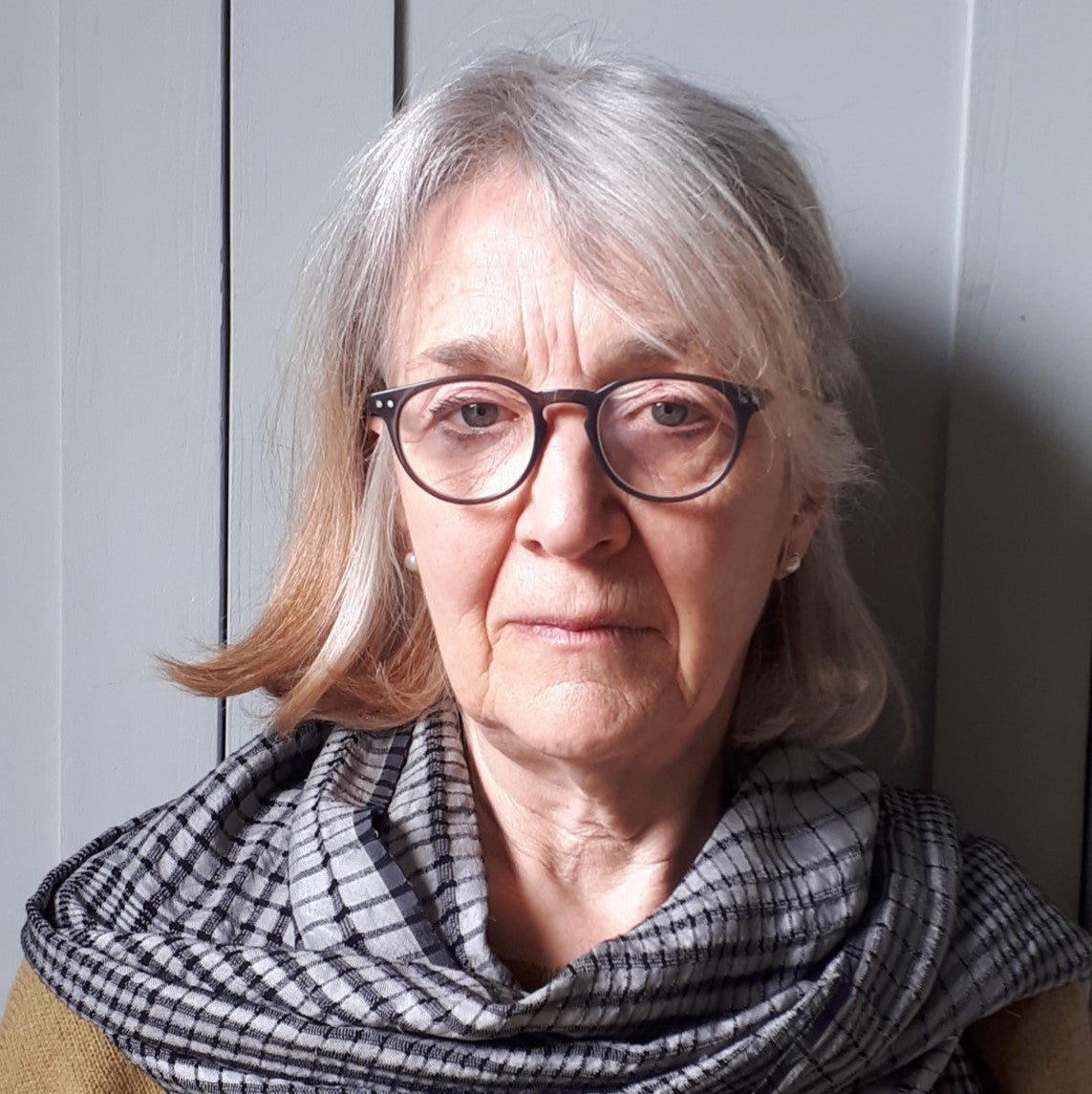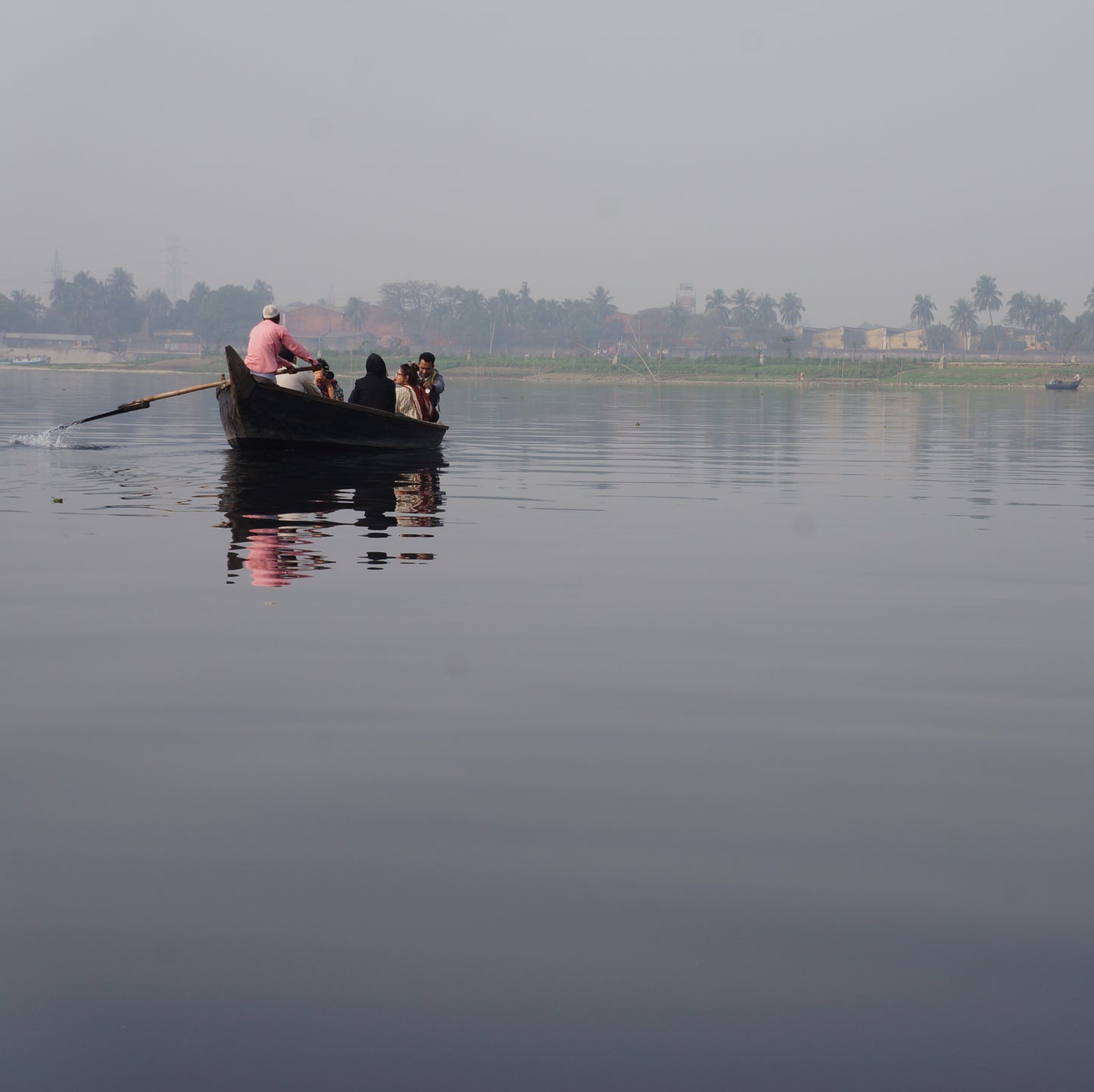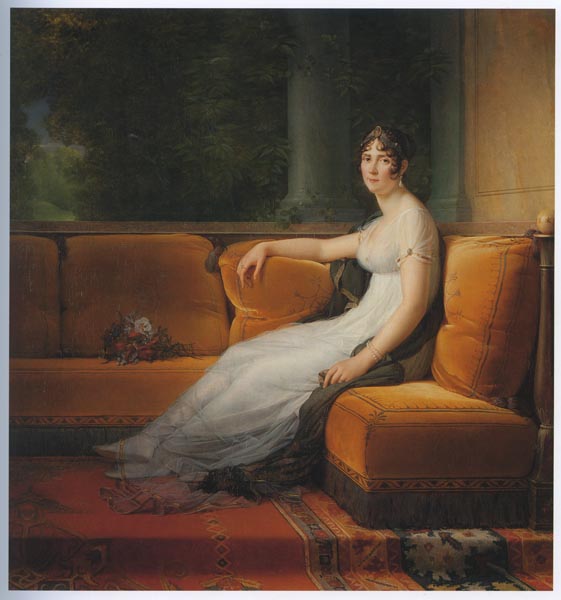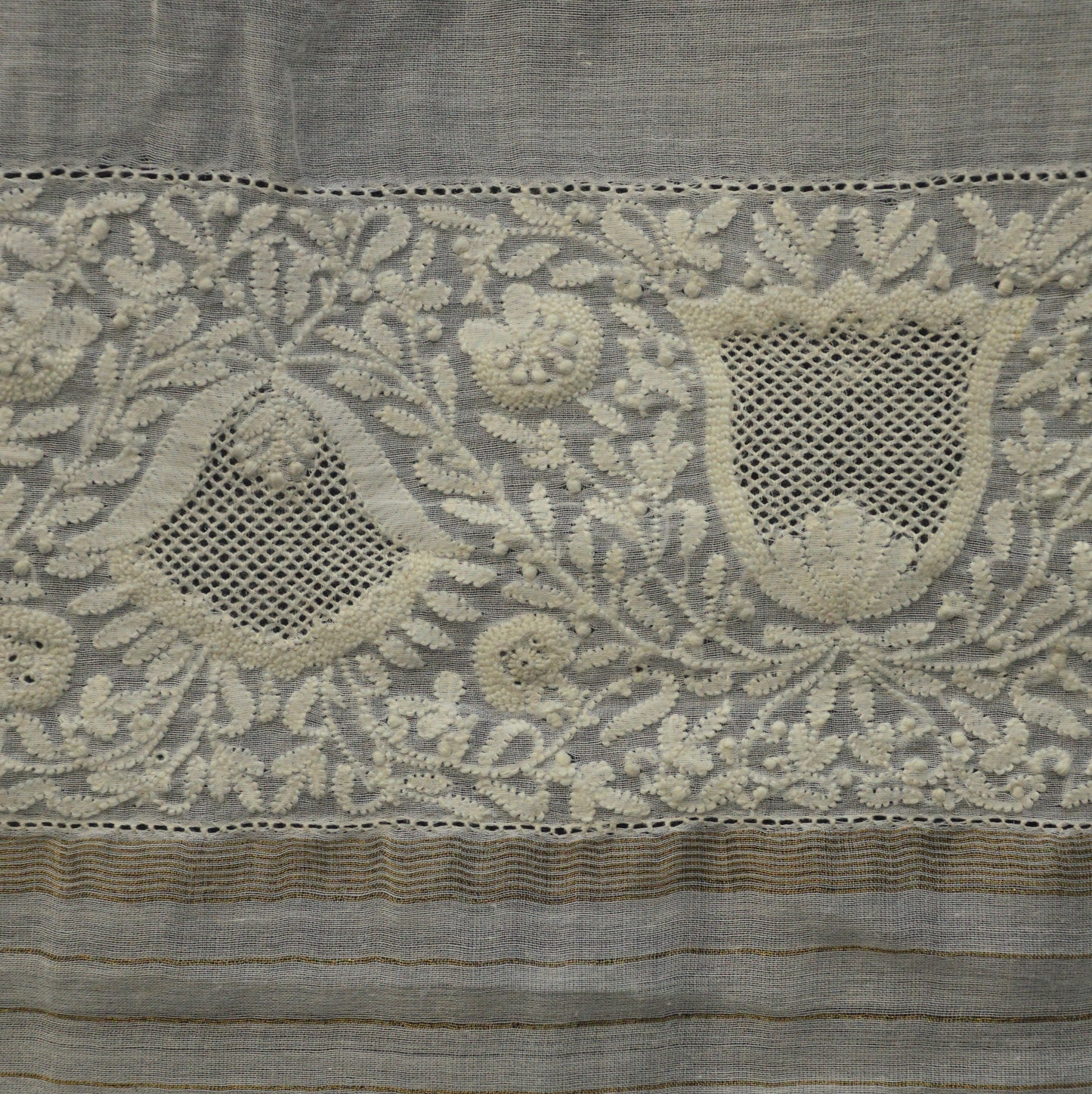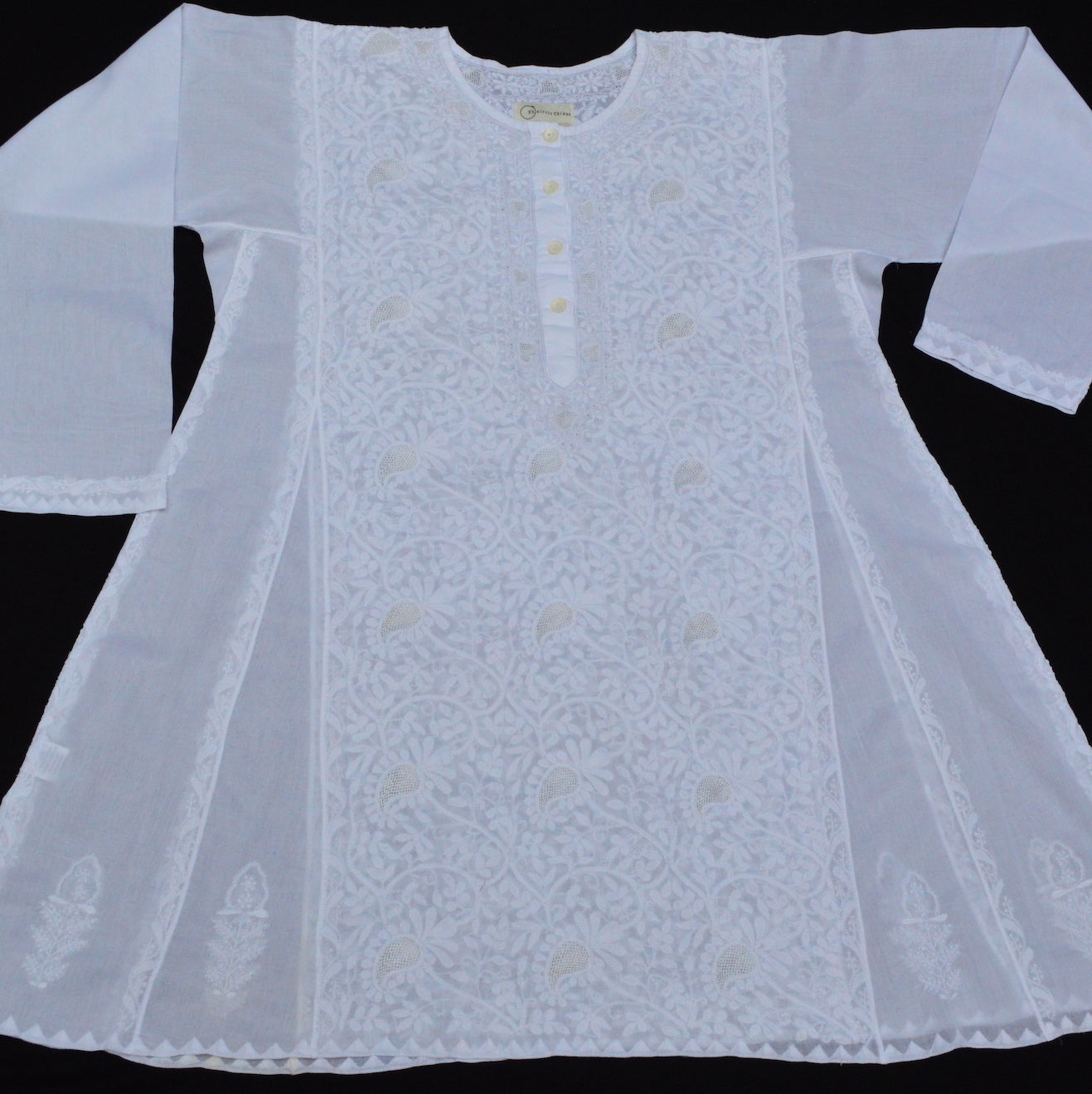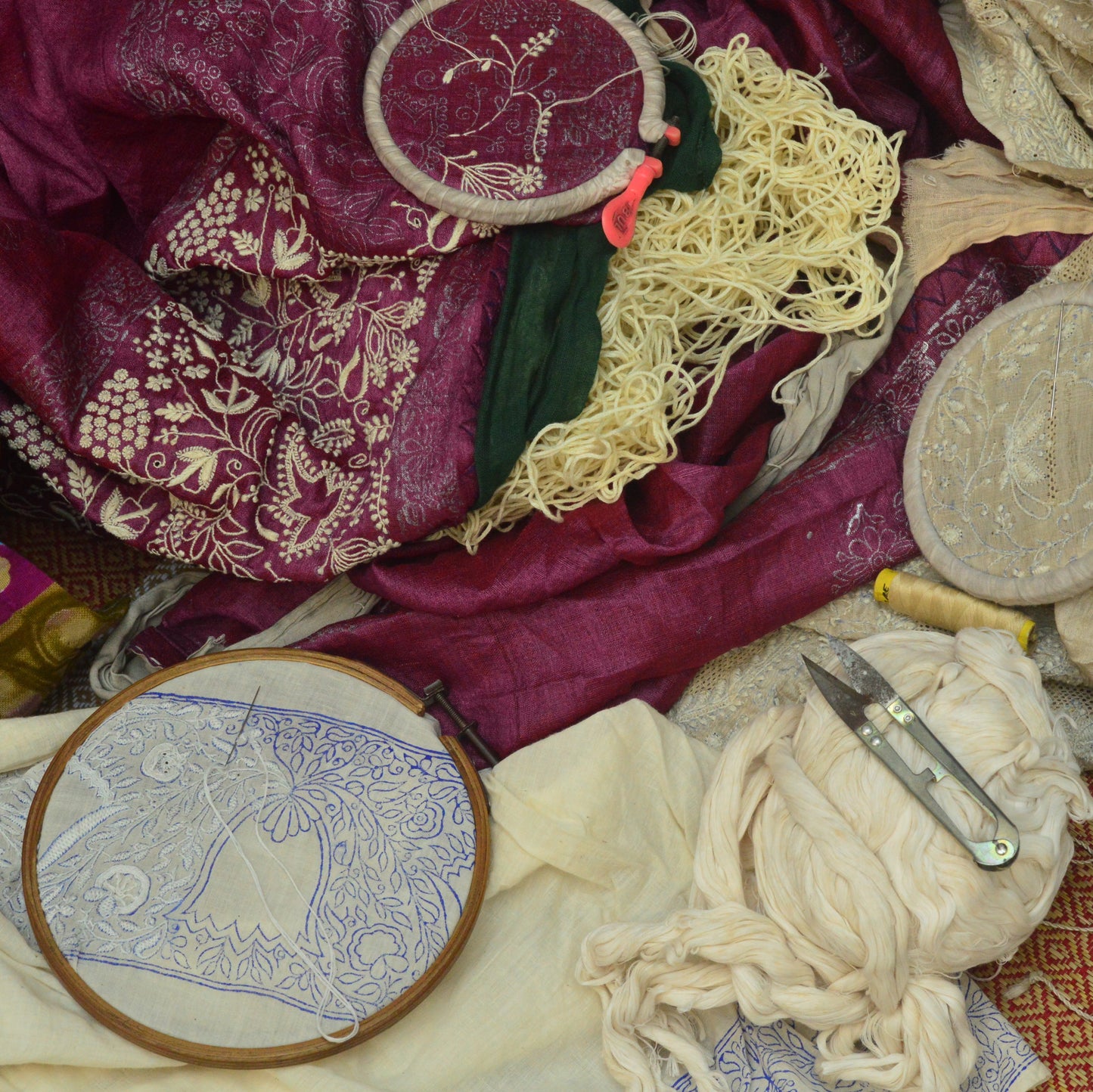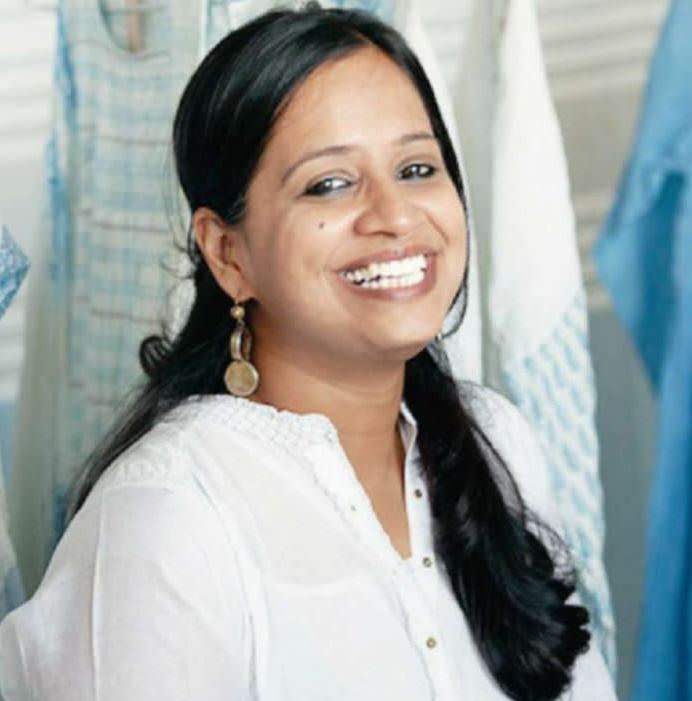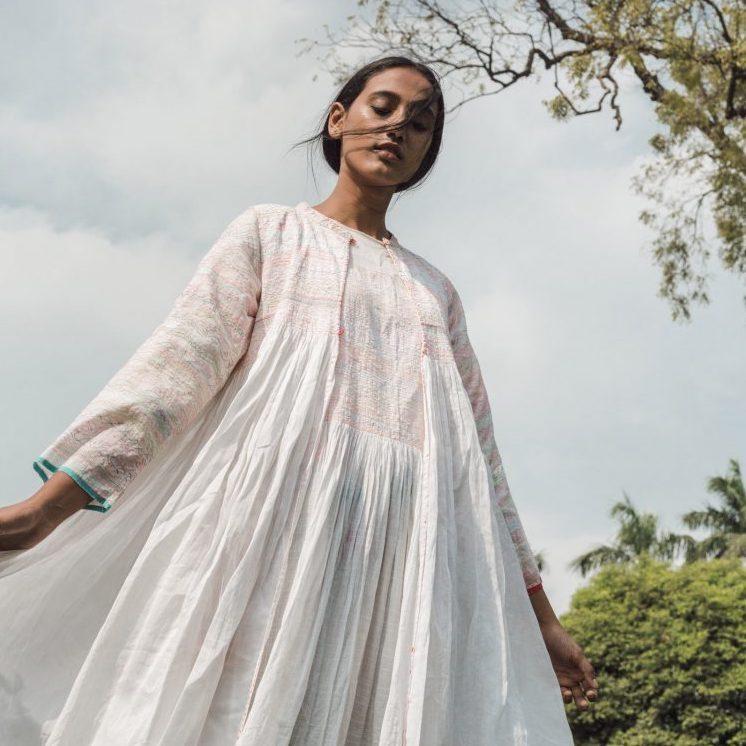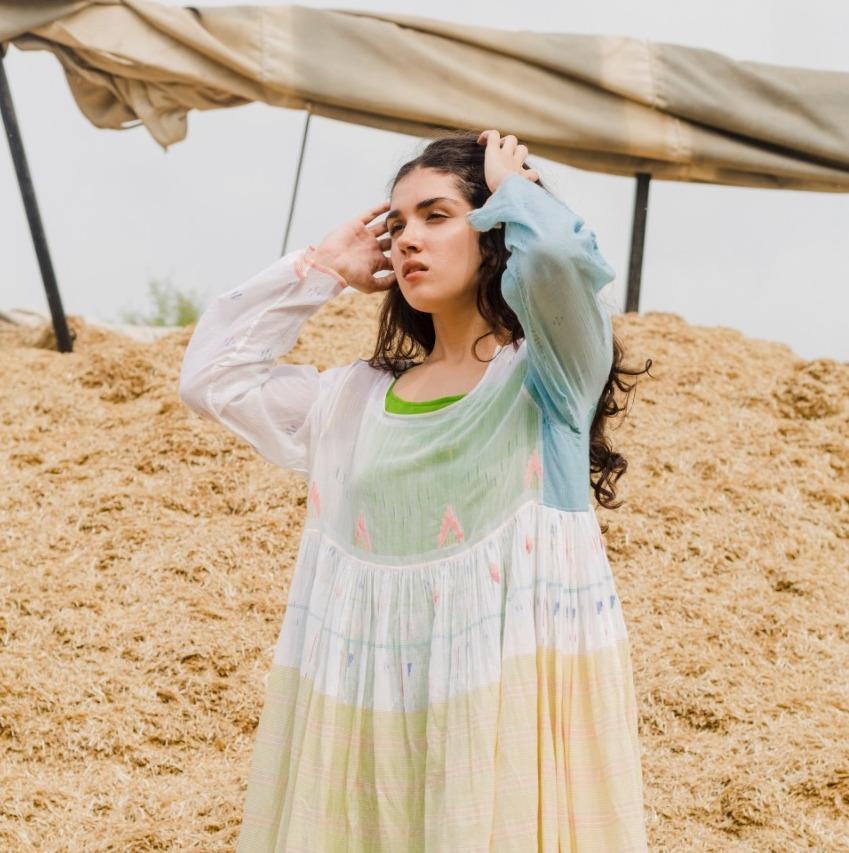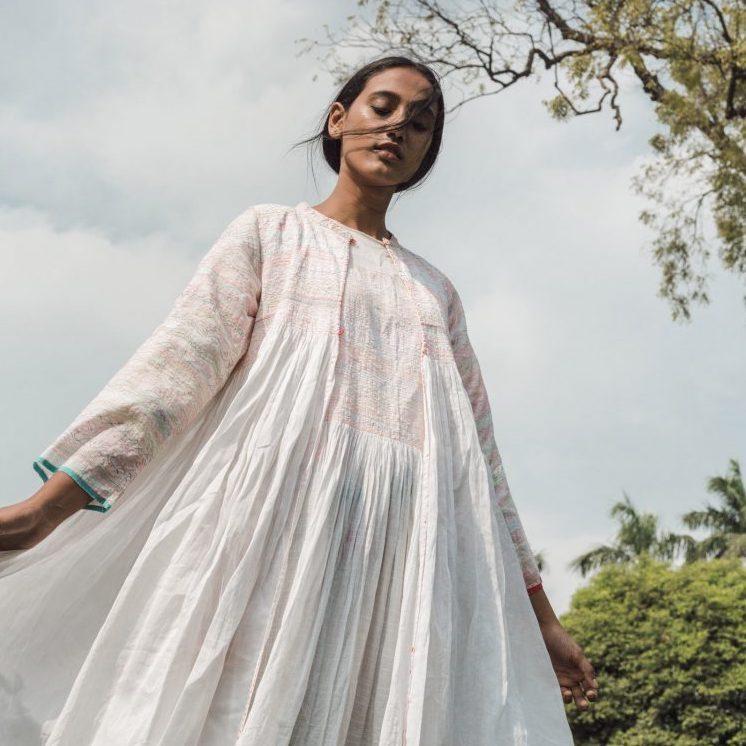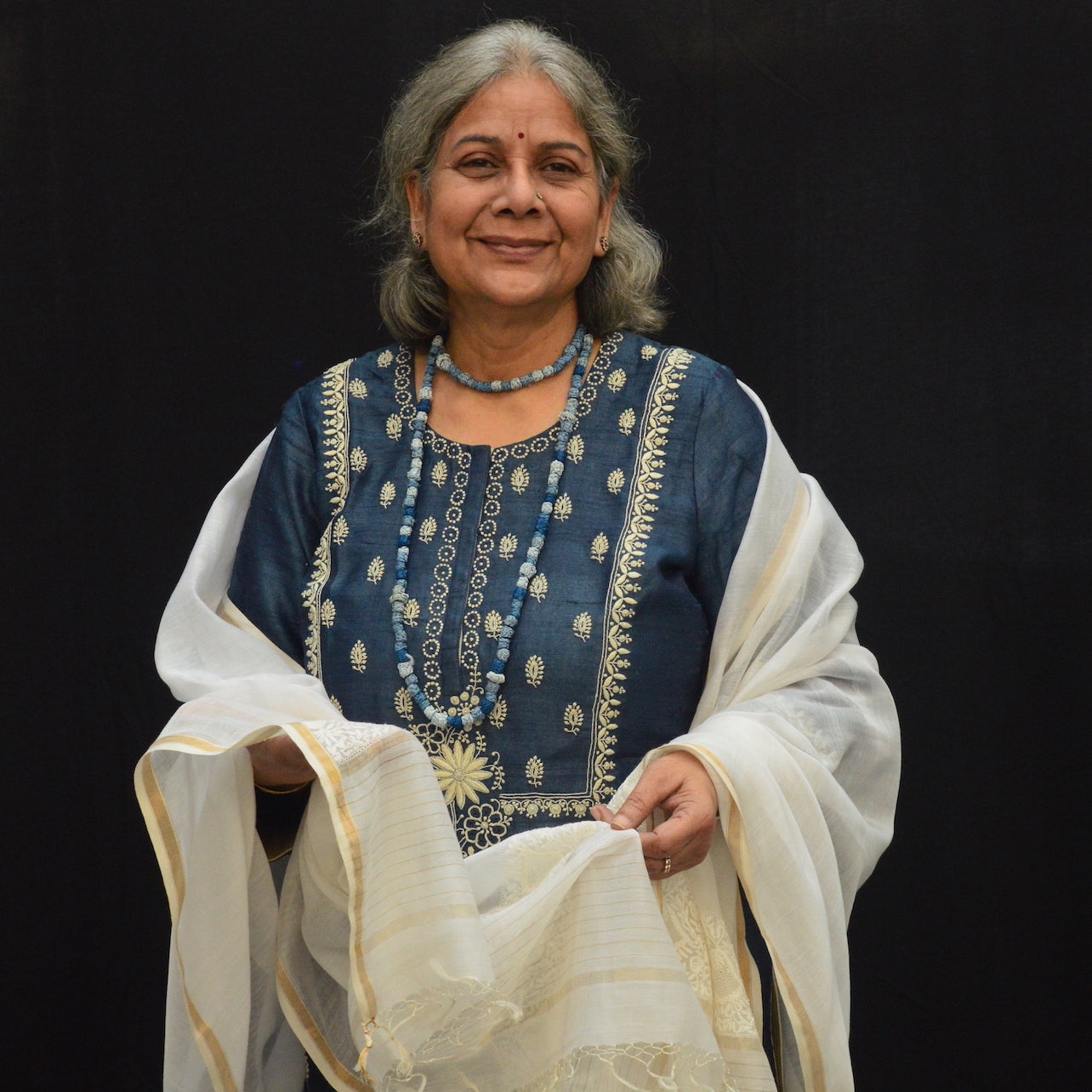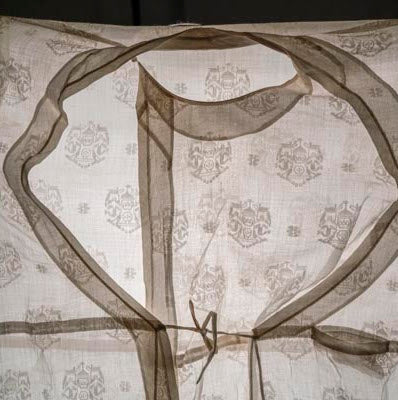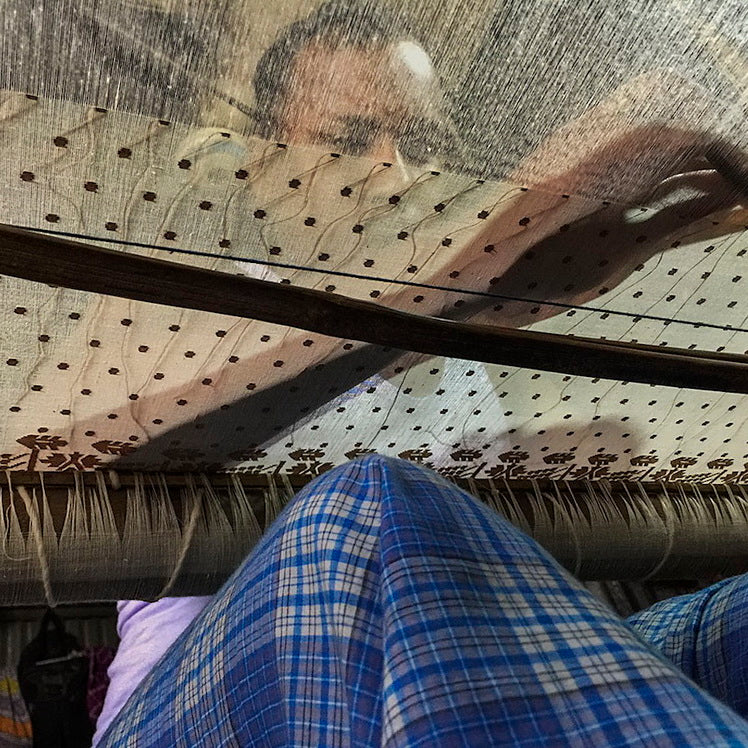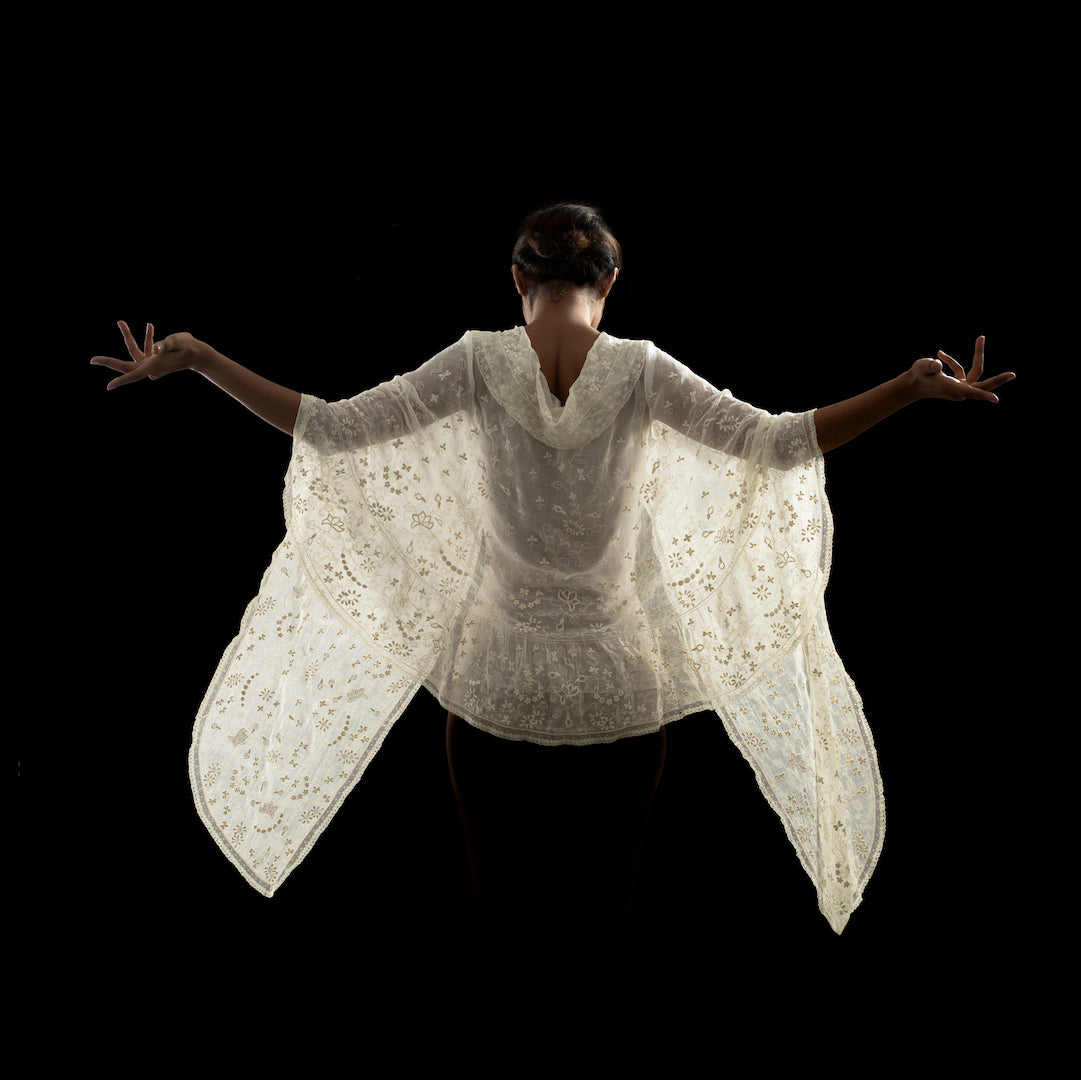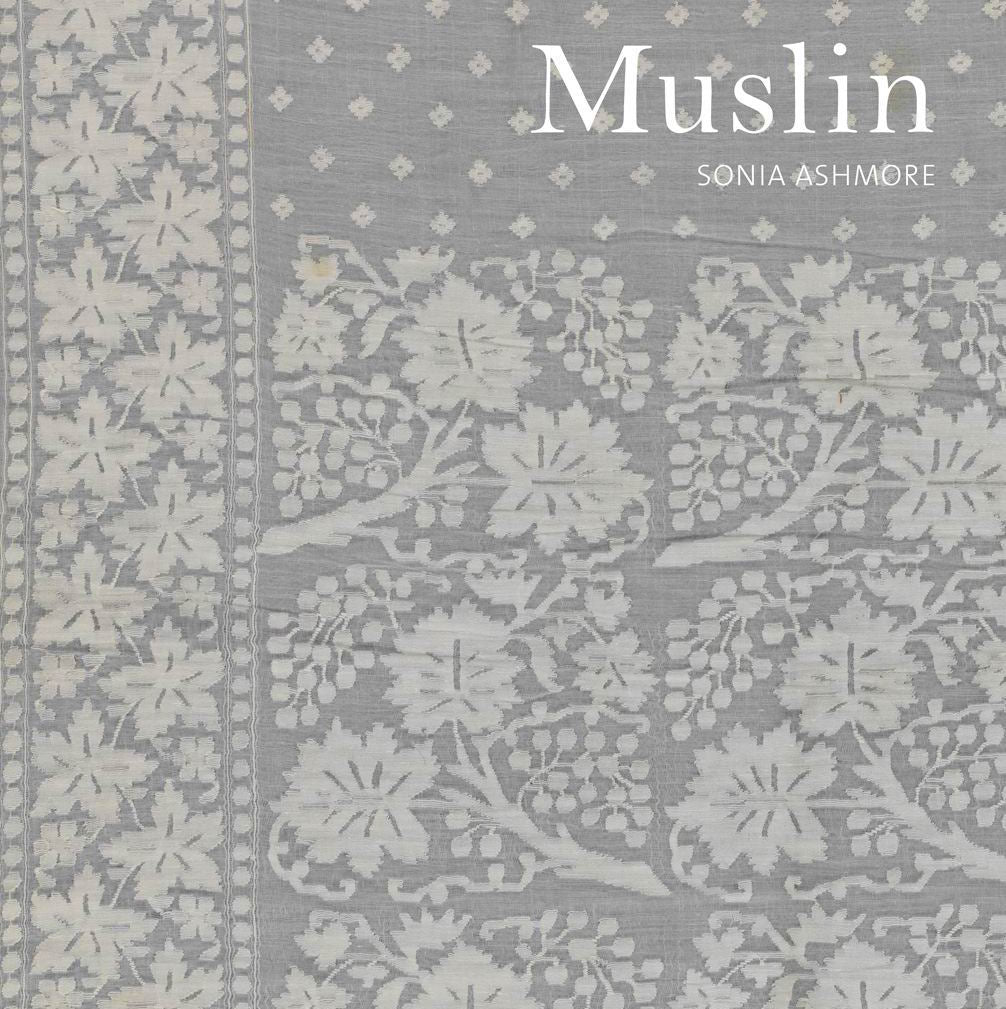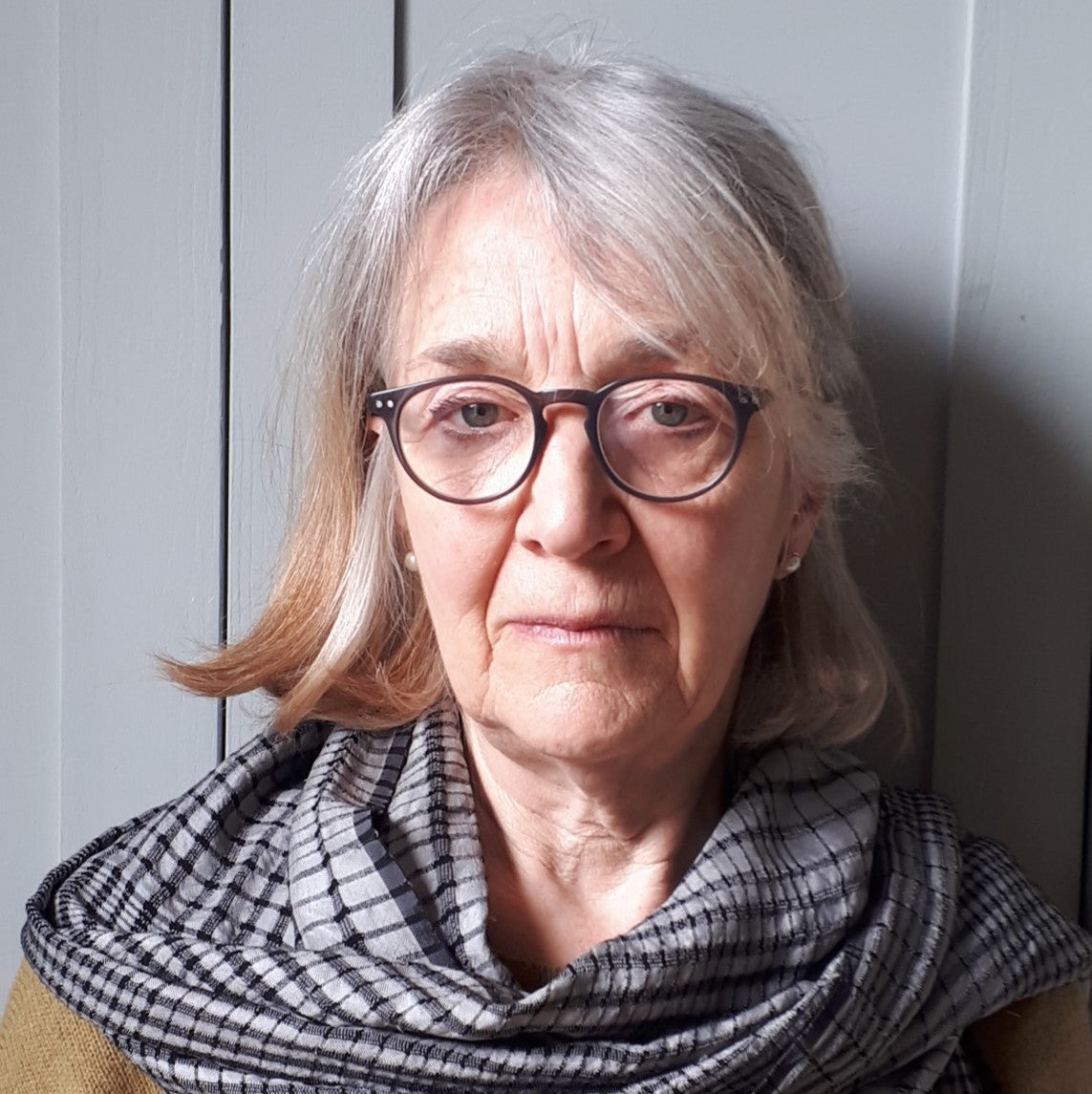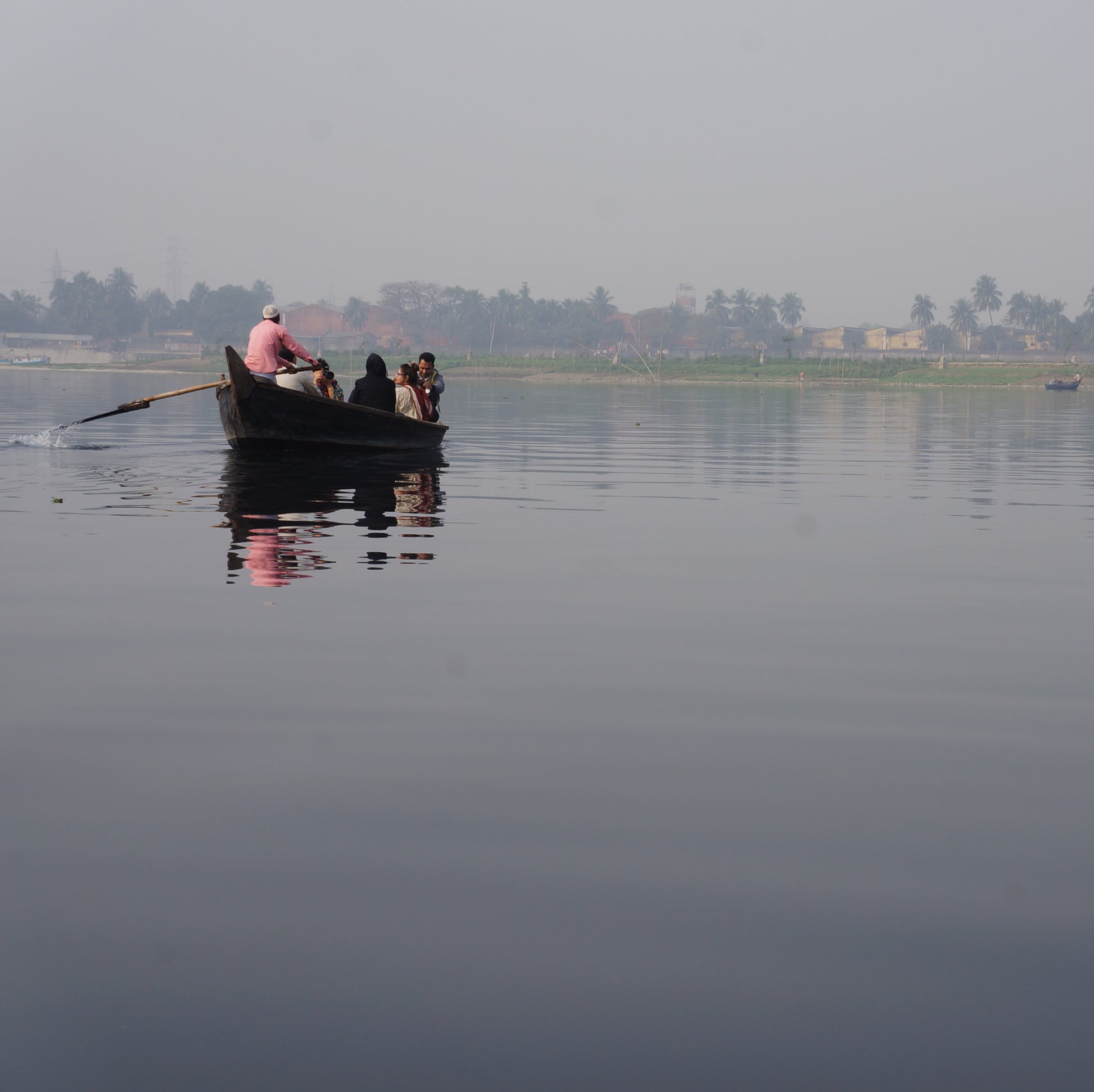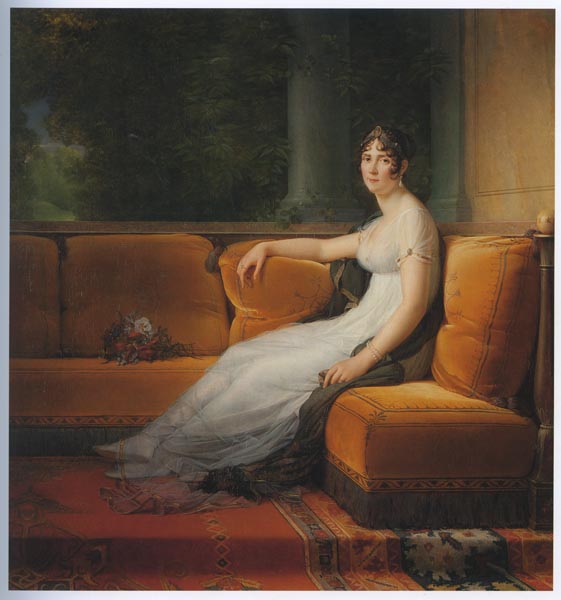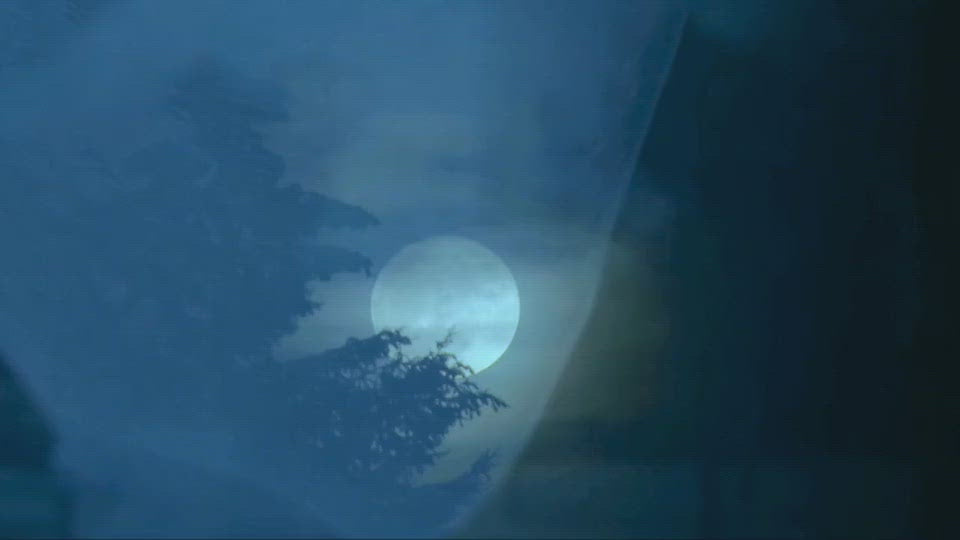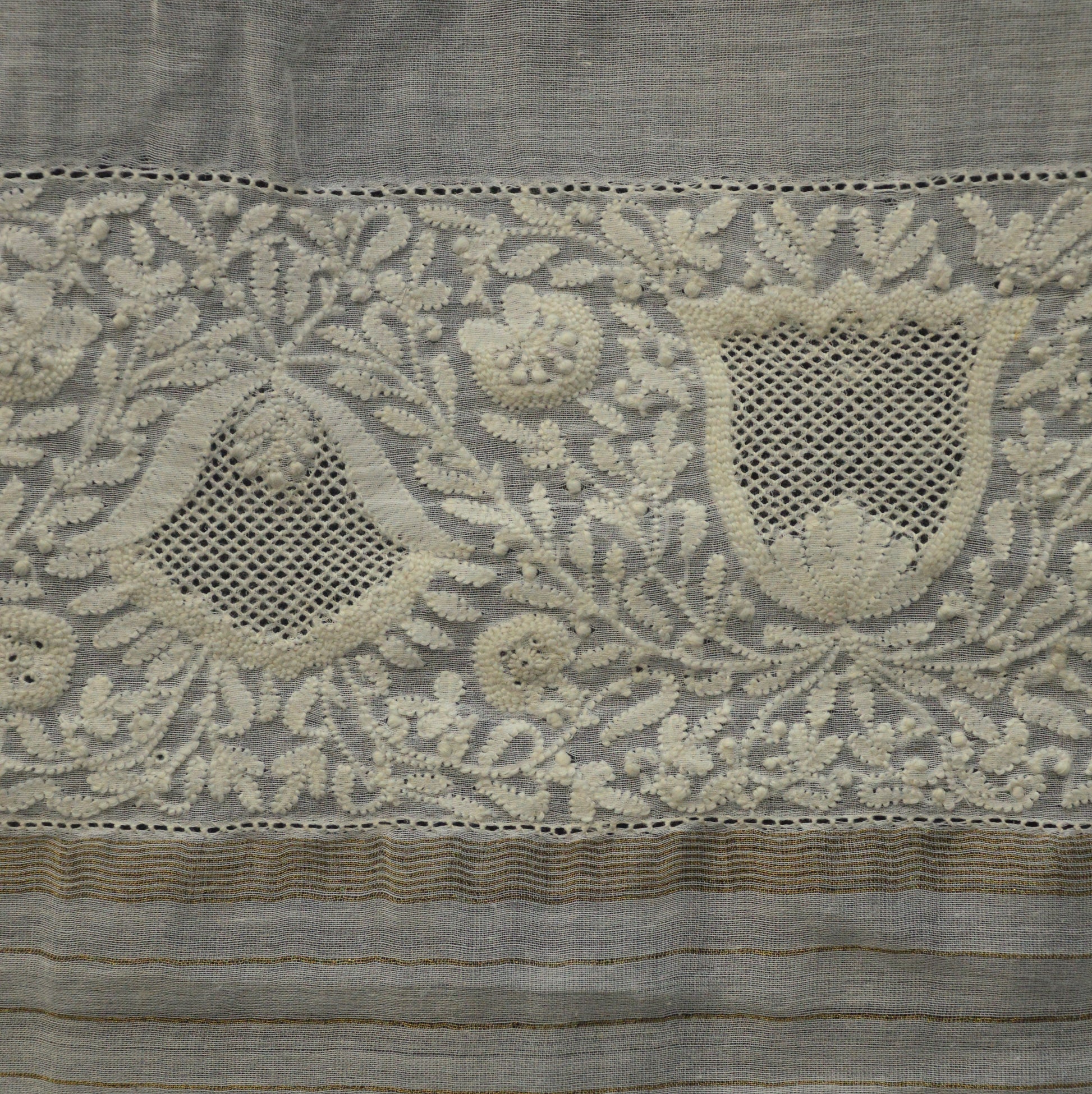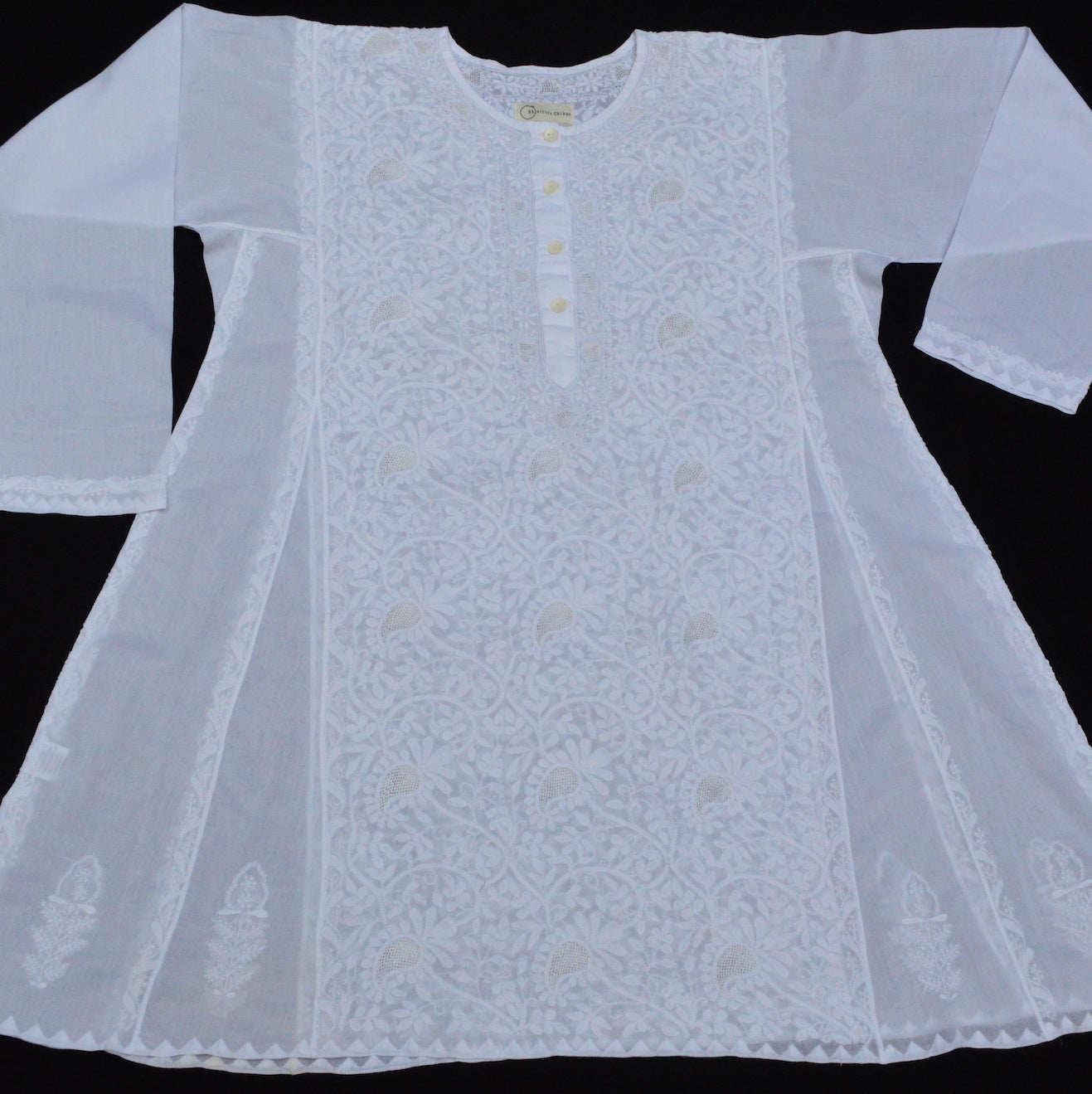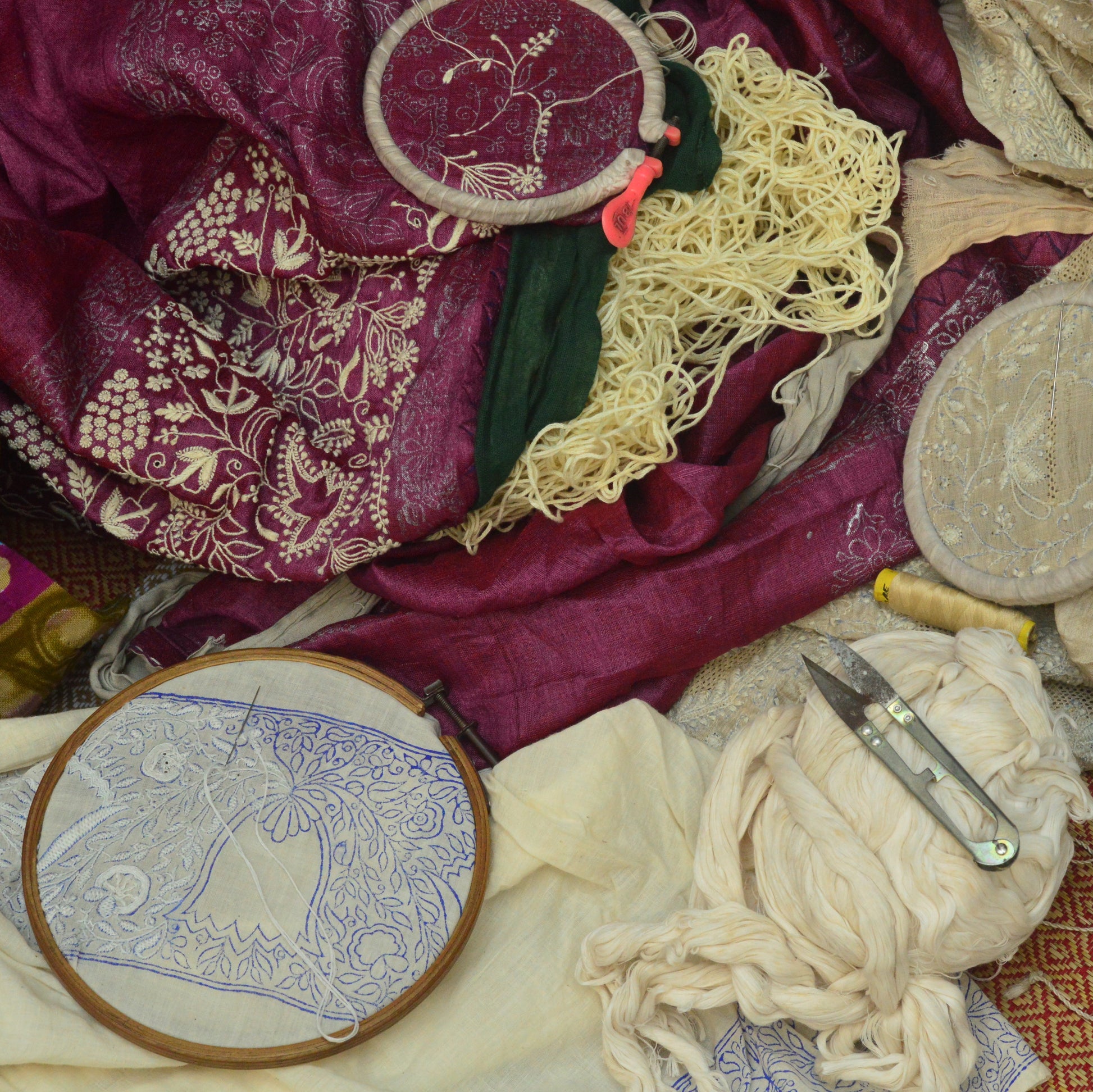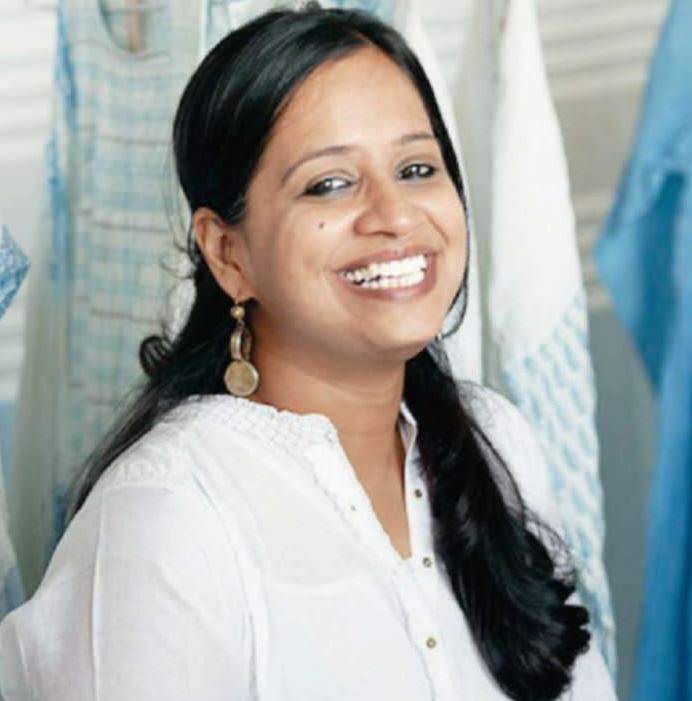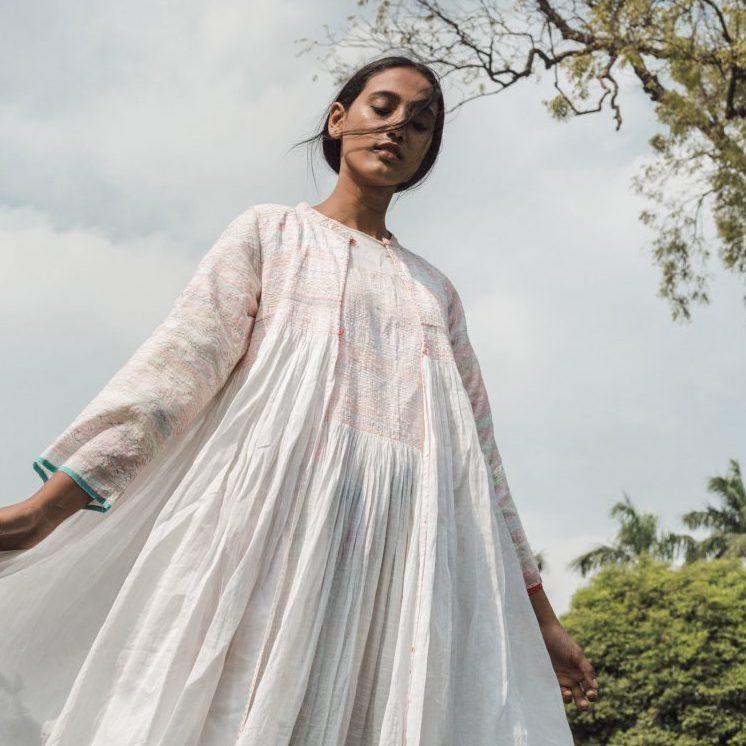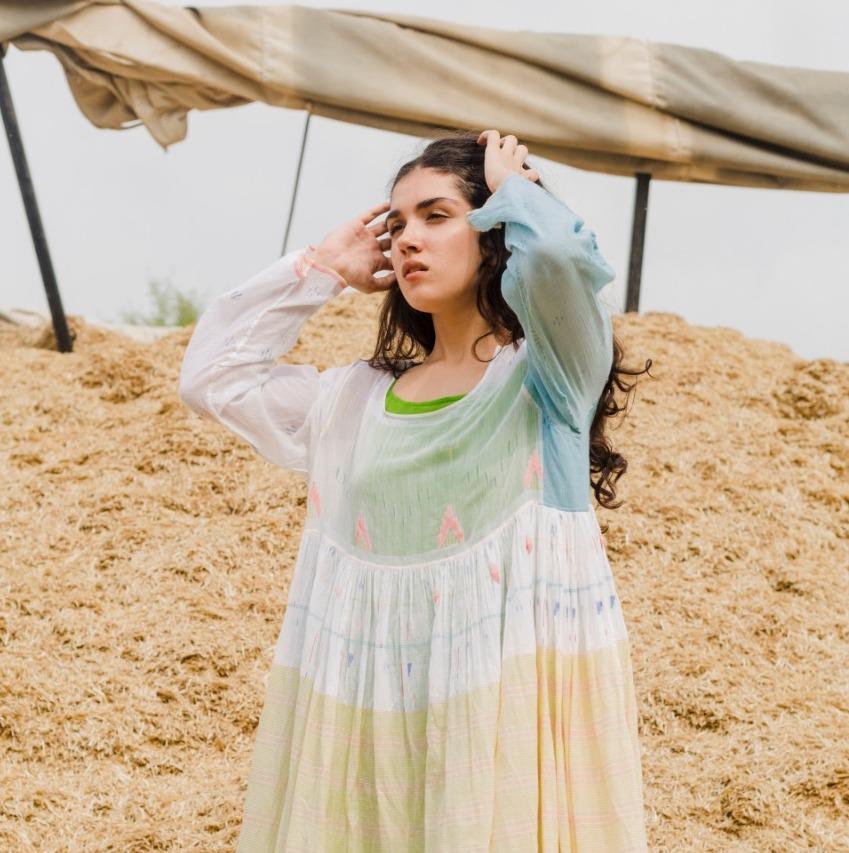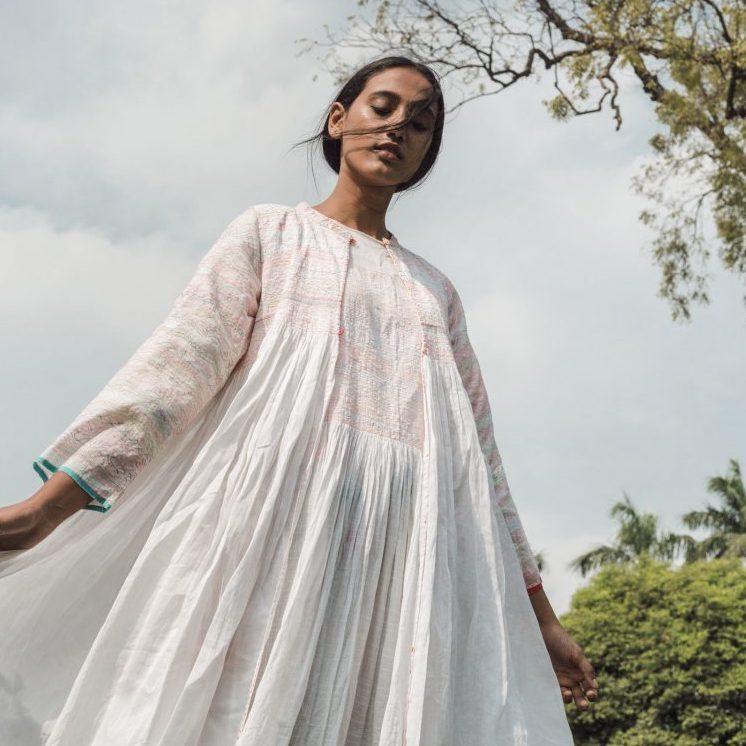Woven Air with Sonia Ashmore, Mamta Varma and Chinar Farooqui
Selvedge Magazine
Couldn't load pickup availability
A series of presentations on woven air (muslin) by Sonia Ashmore, a specialist on muslin, who talks about muslin in Georgian England. Followed by Mamta Varma who speaks about the art of Chikankari, Chinar Farooqui discussing her work designing contemporary clothing with muslin and Saiful Islam finished the presentations by touching on his research from his documentary, Legend of the Loom.
Saiful Islam
Made specifically for international audiences, Legend of the Loom takes the viewer on a breath-taking 2000-year-old journey; from the herbariums of the world, the rivers of Bengal where the plant (Gossypium Arboreum Var. Neglecta) grew, to the famous museums of Europe where the best examples of Muslin are still stored.
Researched and scripted by Saiful Islam, the film covers the story of the first foreigners to come to Bengal in search of its fine textiles, the establishment of empires and the opening of trade routes that began to connect the subcontinent to the wider world. Along the way, weavers, farmers, experts, designers, scientists and artisans give their views, add information and perspectives on display techniques, making the story come alive on screen.
Mamta Varma
Mamta Varma was born and raised in Lucknow’s bustling mercantile district of Chowk. Chowk is also the hub of Chikankari, its most widely traded commodity. Chikankari is the craft of exquisite hand-embroidery that embellished the wardrobes of the Awadh aristocracy. Born into a large extended family, she grew up seeing her mother and aunts embroider their clothes and home linen. Even now, after thirty years of being a part of the Chikankari community she continues to explore the craft with child-like curiosity. Mamta started by making clothes for children, then creating intricate designs for sarees and other traditional outfits. But all around her, Chikankari was undergoing rapid transformation and being mass-produced for scale. The craft and its craftsmanship began to suffer. This commoditisation of Chikankari clashed with her personal philosophy and commitment to preserving quality. Inspired by one of her most talented artisans, Shaquila Bano, Mamta decided to dedicate her life to recreate and preserve traditional motifs of Chikankari. Now, she and her team of more than 300 artisans are some of the finest exponents of the craft. They hope that their service to Lucknow’s living heritage will inspire many more to keep Chikankari contemporary and alive, forever.
About Bhairvi’s Chikankari
This session will try to showcase Chikankari in its purest form. It is often referred to as the silent craft that breathes life into breezy fabrics. For centuries this delicate form of embroidery has embossed the surface of fabrics such as muslin which has been romanticised in the world of textiles as the “woven wind”. Bhairvi’s Chikan, founded by Mamta, has tried to give Chikankari apparel a pan-India appeal by layering it onto handlooms like Jamdani (Bengal), Chanderi and Maheshwari (Central India), Kota (Rajasthan), Pashmina wool (Kashmir), Kanjeevaram Silk (Southern India), Moonga Silk (Assamese) and Tussar Silk (Bihar). These successful experiments have created a repertoire of contemporary clothing that fuse textiles and techniques while staying true to the principles of the craft. We hope this session will not only stimulate your senses but also highlight the social dimension of Chikankari, a trade that is dominated by a large workforce of women artisans.
Sonia Ashmore
Dr Sonia Ashmore is a design historian and lecturer based in London. As a Research Fellow at the Victoria and Albert Museum, she wrote extensively on the museum’s extensive South Asian Textile Collections including a book on Muslin (V&A, 2012) and subsequently helped to catalogue over 3000 textiles that had been in the museum for more than 130 years. She has been a contributor to Selvedge since 2013 and has made many trips to the Indian subcontinent - and elsewhere.
Chinar Farooqui of Injiri
Every stitch, gather and selvedge in Chinar Farooqui’s designs for Injiri tell a story. Farooqui sees her textiles as text, a hand-crafted tale that’s shaped by artisans and weavers across India. With influences from folk clothing and local dressing styles, complemented by a deep respect for process, Injiri writes a compelling aesthetic narrative.
If storytelling looks back to folk traditions, so does Farooqui. She has a Masters in Textiles from India’s National Institute of Design, but can often be found continuing her education at museums, where she studies vintage folk garments.
NB: all recordings of online talks are non-refundable
Share
